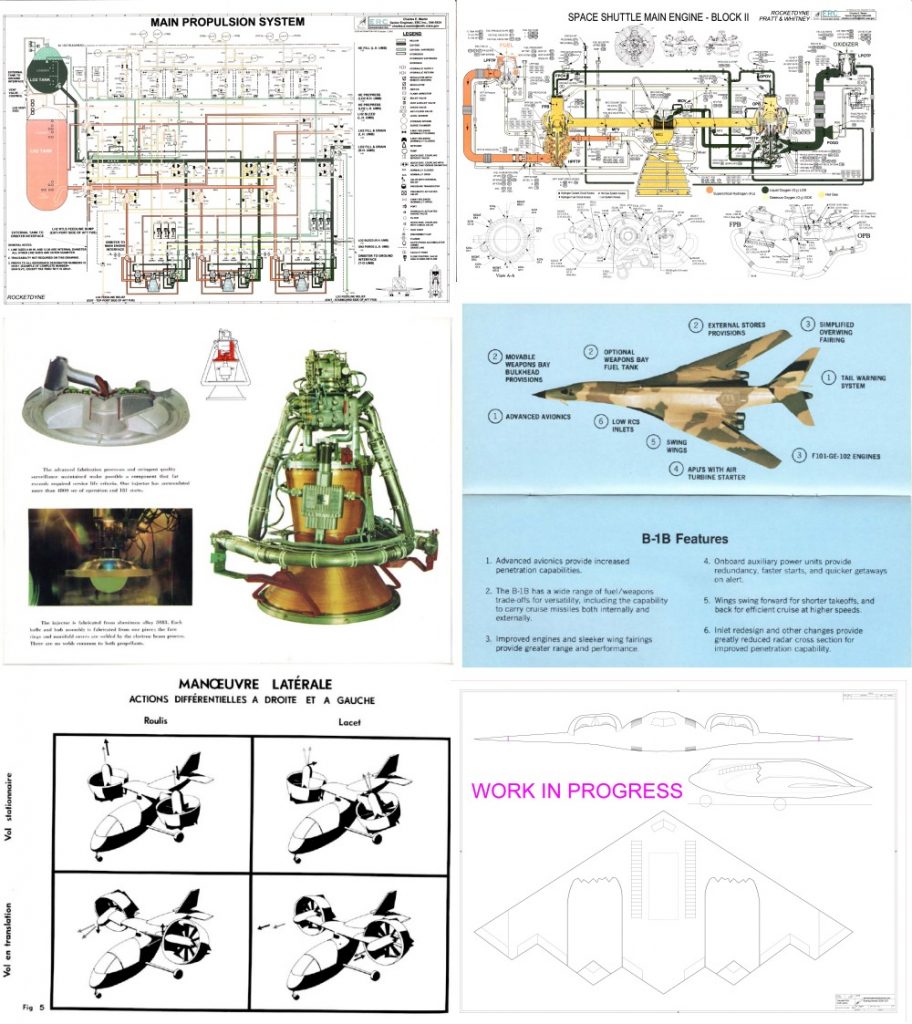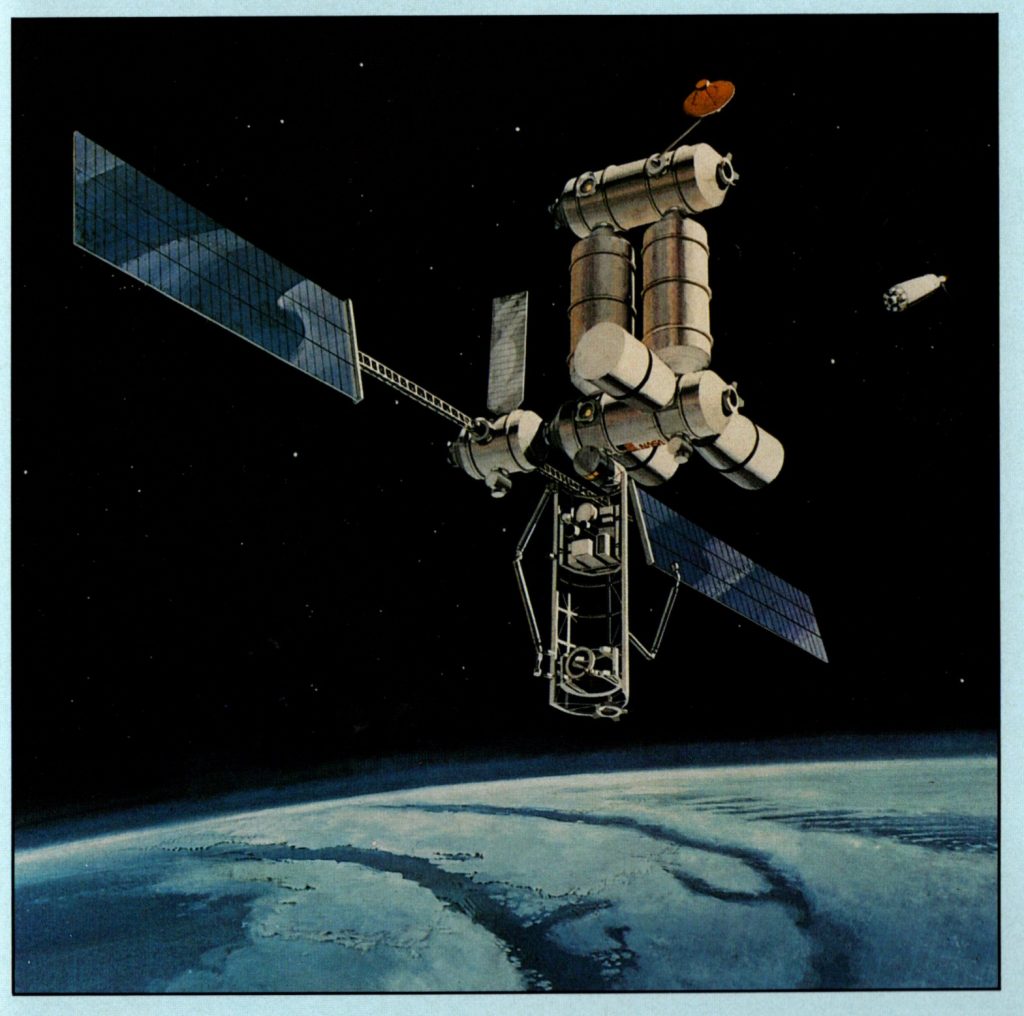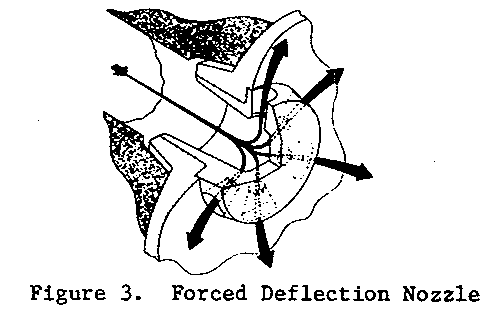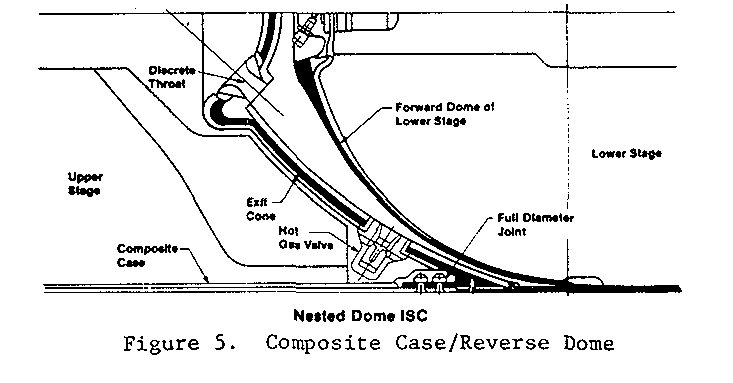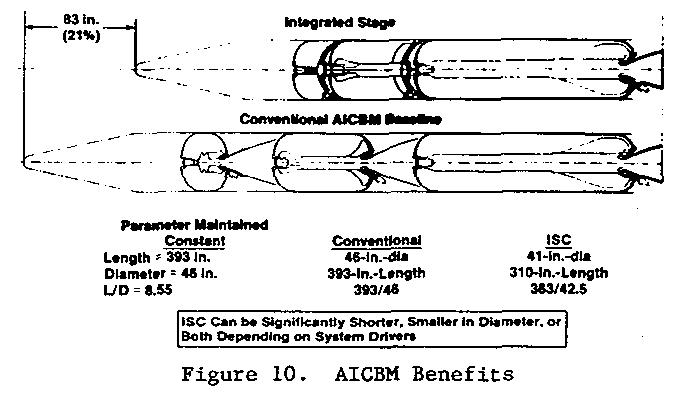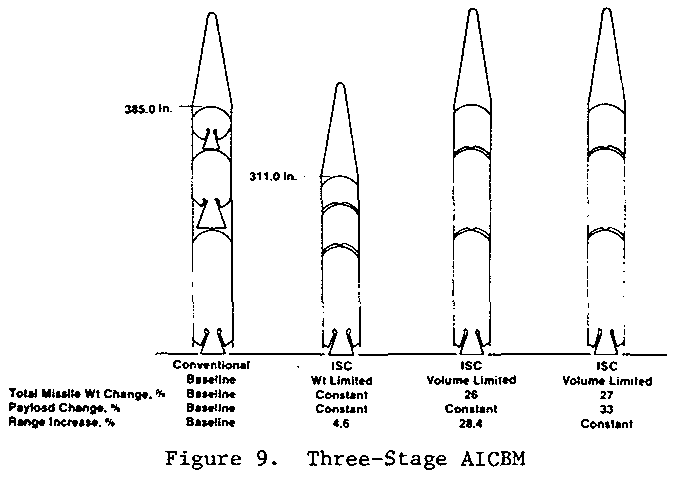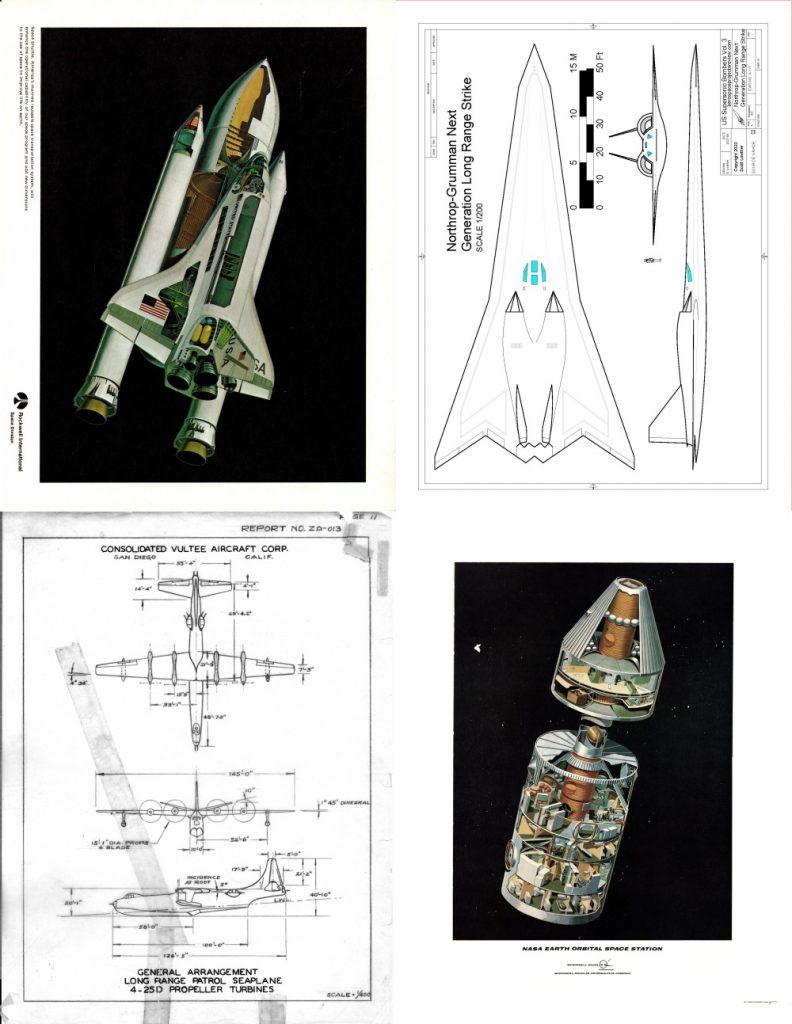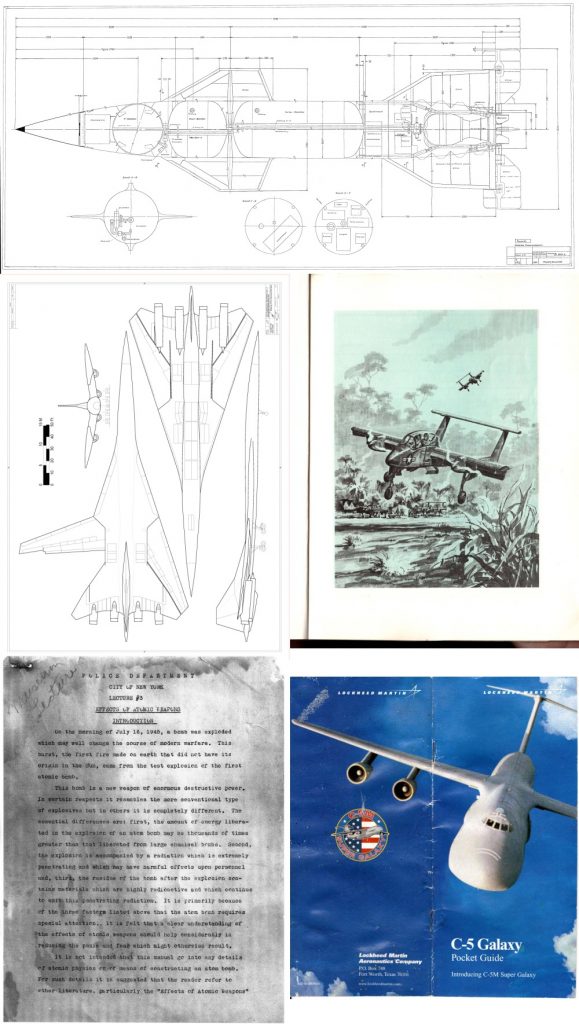On display at Seattles Museum of Flight, three Boeing/Grumman Shuttle concepts.
Search Results : shuttle
The rewards went out this AM bright and early. They include:
Diagram: Two sheets of Rocketdyne schematics for the Space Shuttle Main Engine and propulsion system
Document: “B-1B New Strength for America’s Defense” An early 80’s brochure on the then-forthcoming B-1B
Document: “Aerojet propulsion for Space Systems,” a very nicely illustrated booklet on the AJ10-137, the main engine of the Apollo CSM
Document: Two articles in French on VTOL Aircraft from the ICARE revue De L’Aviation Francaise “Salon 69”
CAD Diagram: WIP of the Boeing Model 2000-201 VTOL stealth spec ops transport
If you are interested in helping to preserve this sort of aerospace history, consider signing up for the APR Monthly Historical Documents Program for as little as $1.50 per month:
https://www.aerospaceprojectsreview.com/monthly.htm
Some items I currently have on ebay. Come get some!
https://www.ebay.com/itm/256440373208
Moebius Painted & Assembled 1/4105 Battlestar Galactica, unopened, great shape
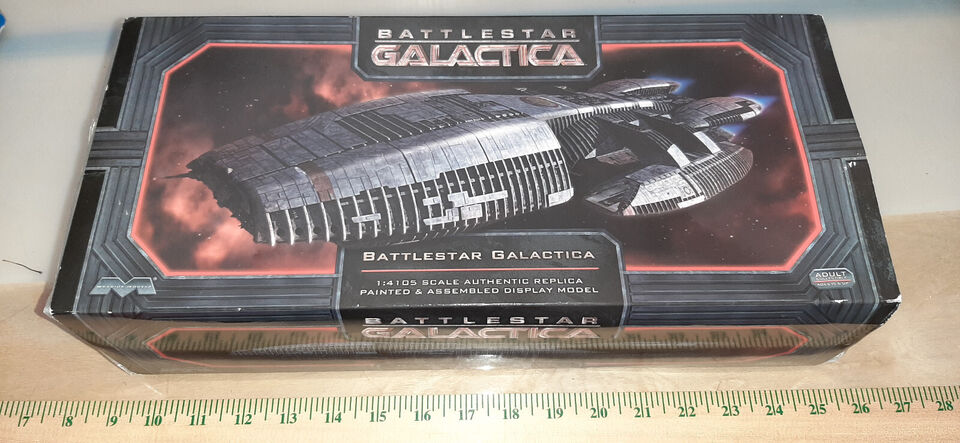
https://www.ebay.com/itm/256444007689
Back to The Future Time Machine 1 /15th Scale Diamond Select in box
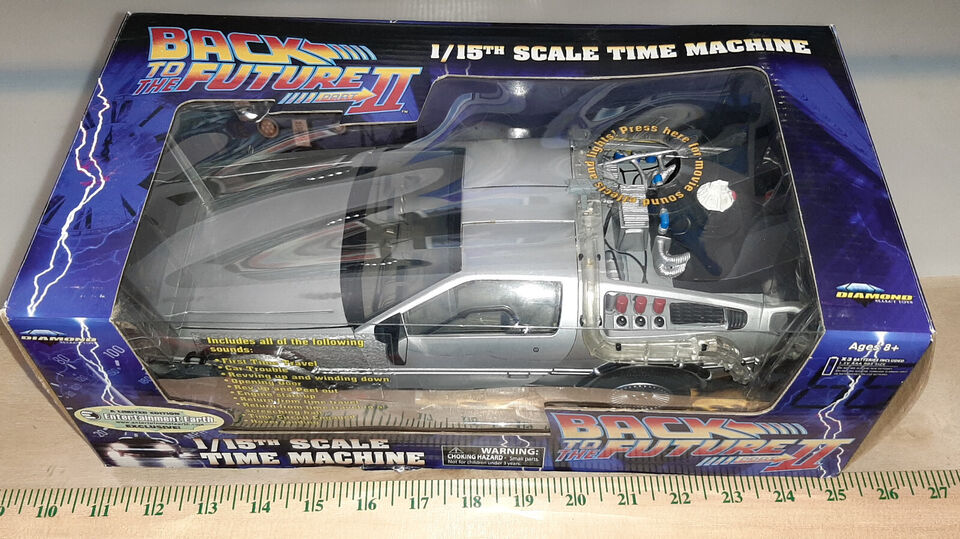
https://www.ebay.com/itm/256444023152
ULTIMATE SOLDIER 1/18 M41 WALKER BULLDOG TANK VIETNAM SERIES #10125 NEW
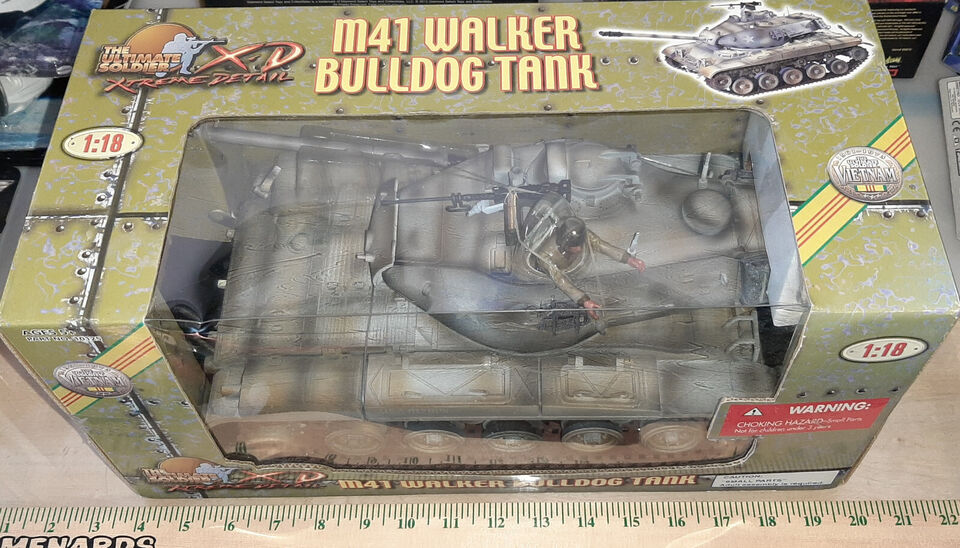
https://www.ebay.com/itm/256444104174
Space Shuttle: Developing an Icon 1972-2013 by Dennis Jenkins, mint condition
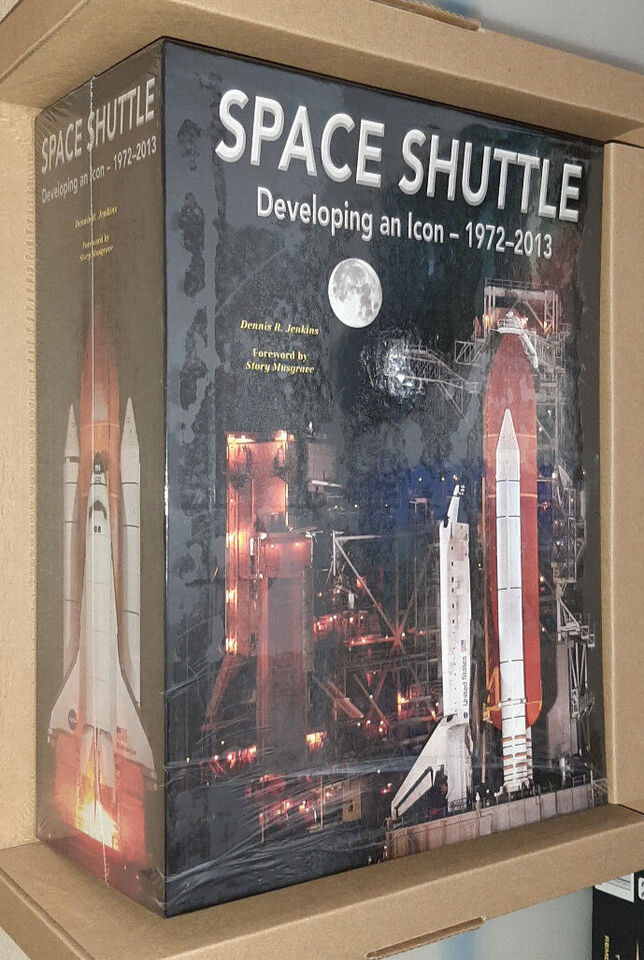
by Dennis R. Jenkins, 2017. The definitive and *massive* description of the Space Shuttle program in three hardcover volumes in a slipcase, still wrapped in the original plastic. Mint condition. Now out of print; my understanding is that when Specialty Press went out of business the remaining stock of these books was destroyed.
These three volumes include more than 1,500 pages. It is a massive brick of narrative, photos (B&W and full color), diagrams, art and data; anyone with interest in the Space Transportation System should have a copy.
Published in a magazine in 1983, this artist depiction shows a concept for a 1982 space station by Rockwell. Clearly of the same *kind* of station as the eventual ISS, this is a simpler, smaller construct. However, it also includes a “cargo bay” modeled aft that of the Space Shuttle, allowing payloads (what appear to be temporary science modules) to be readily transferred back and forth.
There are several ways to accomplish the goal of extracting maximum performance from a solid rocket motor via the nozzle. The most common way – a convergent-divergent nozzle – is the standard for a reason: it’s the simplest, lightest most reliable way to do it. But there are alternatives that provide specific advantages. One of them is the “forced deflection nozzle.” Instead of a single circular throat, the nozzle has several; instead of directing the exhaust gas due aft, it forces it “sideways” to smack into the broader, shallower nozzle.
The advantages here:
1: The nozzle is sort of a hemispherical bowl, rather than a long, slim cone or paraboloid.
2: It provides some altitude compensation, similar to an aerospike.
There are also disadvantages, not least of which is that the throat is now under substantially greater thermal and dynamic forces. Few materials known to Man will be able to long withstand the high heat load and erosive forces. But in 1986, Aerojet proposed to develop such a nozzle for a singular purpose: to integrate into future ICBMs. The reasoning was… the bowl-like nozzle fits the bowl-like forward dome of the lower stage. Instead of a long interstage structure being required, the stages fit together neatly. in principle this would allow ballistic missiles to be more compact, shorter by useful distances. This is not very important for space launchers, but for missiles that need to fit into silos, submarines, bomb bays or Shuttle cargo bays, extra space means extra capacity.
Diagram showing a conventional 3-stage solid rocket ICBM against three concepts making use of the forced deflection nozzle. You could have a much shorter vehicle with equivalent weight and payload, or same-length boosters with 28.4% greater range for the same payload, or 33% greater payload for the same range.
The rewards for August, 2023, have been released. They include:
Document: Report No. ZD-013, “Preliminary Detail Specification for United States Navy Class VP Long Range Patrol Seaplane,” Convair, 1 April 1946
Document: “Space Shuttle: What Will It Do?” A 1970’s brochure describing the Shuttle, with six full-color full page illustrations
Art: McDonnell-Douglas lithograph of “NASA Earth Orbital Space Station”
CAD Diagram: Northrop Grumman Next Generation Long Range Strike
If you would like to help fund the acquisition and preservation of such things, along with getting high quality scans for yourself, please consider signing on either for the APR Patreon or the APR Monthly Historical Documents Program. Back issues are available for purchase by patrons and subscribers.
And as happens far too often, I’ve been remiss in my PR campaign. The rewards for July, released a month ago, included:
Document: “C-5 Galaxy Pocket Guide,” brochure giving info on the C-5
Document: GDIC-64 O29-21, “Alighting Gear Convair Model 48 Light Armed Reconnaissance Airplane,” an illustrated report on the landing gear for Convairs competitor for the OV-10
Document: “Police Department Lecture #3 Effects of Atomic Weapons,” an early-50’s paper describing what NYC could expect int he event of a nuclear strike
Diagram: EMW “Wasserfall,” German WWII surface to air guided missile
CAD Diagram: Boeing 2707-100-derived bomber
Recently acquired at some cost, and finally fully scanned at some effort, is this 1965 “Master Plan” for Kennedy Space Center. It’s basically a book of maps of the region showing all aspect of the infrastructure. It’s in good shape and was scanned at 600 DPI rather than the usual 300, due to the fine quality of the maps. It will be in the next catalog for Patrons and Subscribers to vote on. It’s a little out of the usual for APR… it’s not about unbuilt aircraft or spacecraft; in fact, no aircraft or spacecraft designs are included. But it’s still an interesting historical artifact.
I also have a KSC Master Plan from the Shuttle era. Substantially larger format, with more conventional full-color maps. I haven’t scanned that due to the chore it would be to get done, but if this proves popular, I’ll get on it. I *also* have a large-format Master Plan for Ames Research Center.
If you are interested, check out the Historical Documents Program.
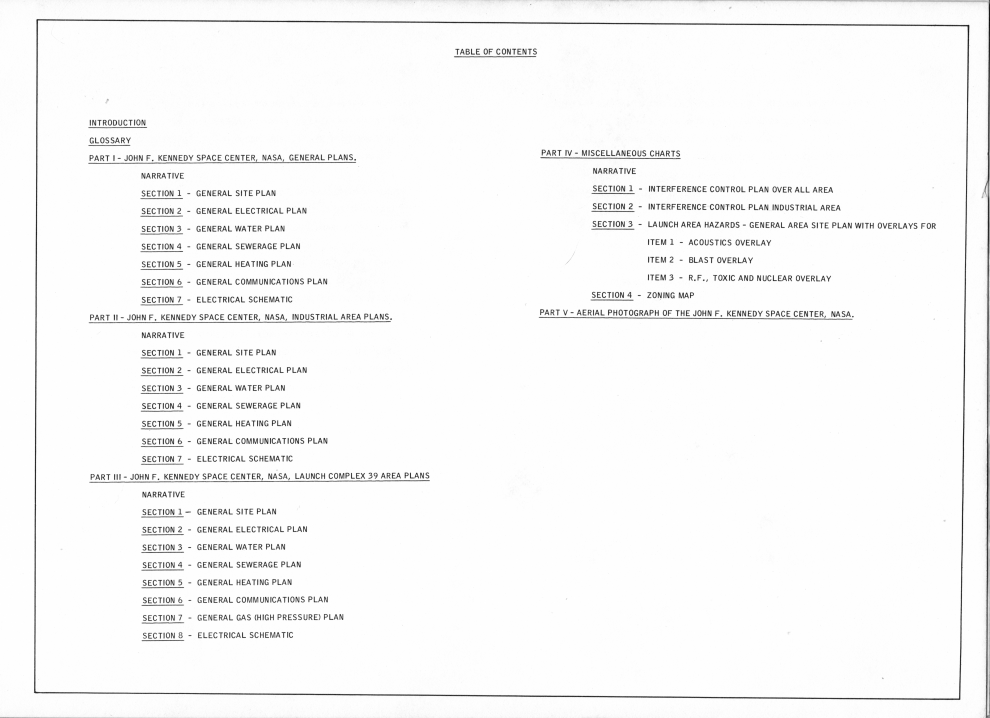
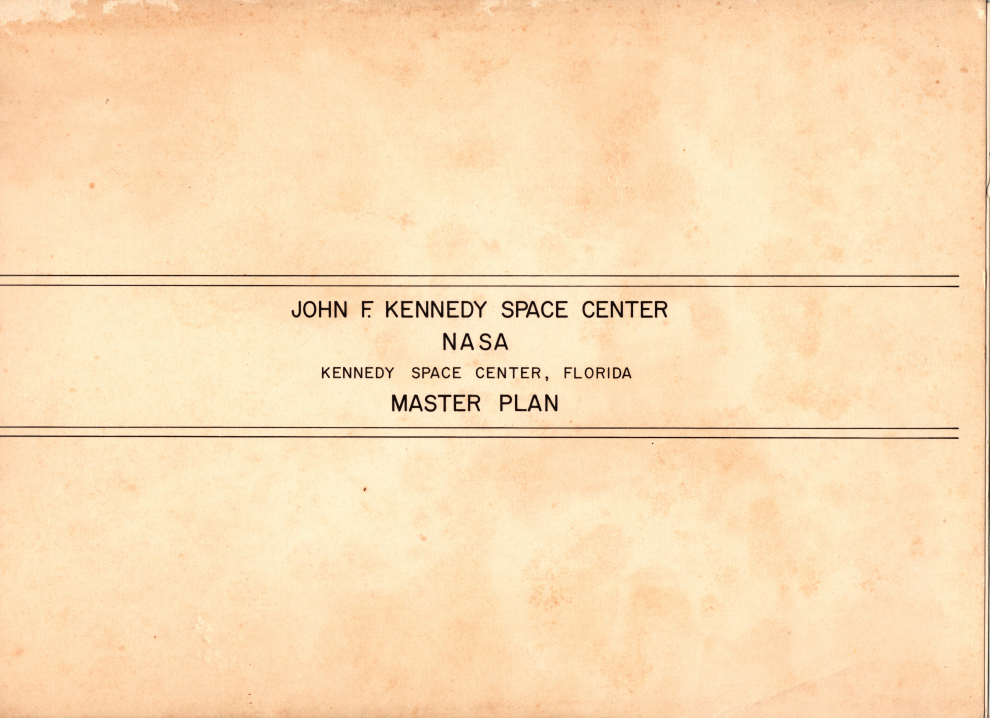
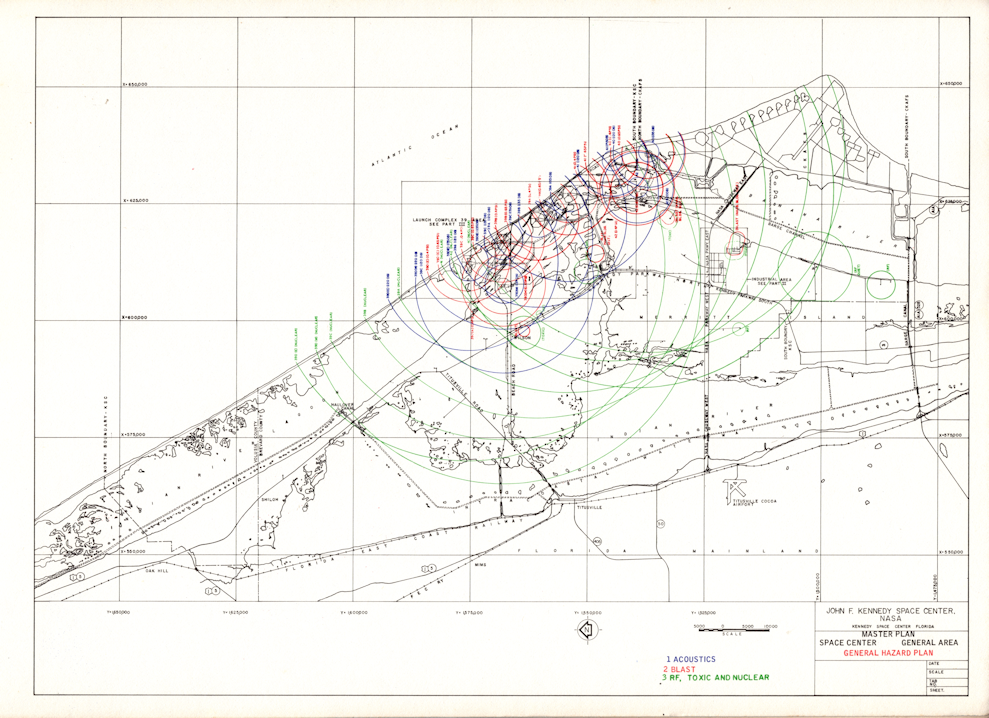
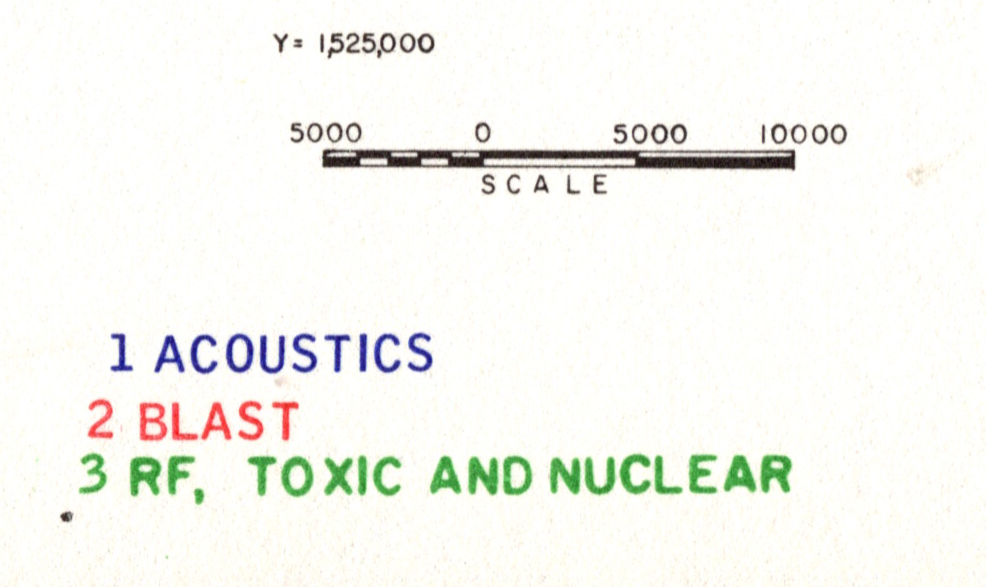
If LK-99 pans out as a true room temperature superconductor, it really does seem like it’ll be world changing. That’ll be great: no more need to cryo-cool electromagnets, making maglevs practical and making CAT scanners and the like a hell of a lot cheaper. And making the nightmare scenario of running out of helium much less nightmarish. They’ll make electric motors run cooler and more efficiently and, so I’m led to understand, rings of superconductors can be fed vast amounts of electricity which will losslessy just zip around the ring until called upon. More complex than a battery, but with the potential for *vast* energy densities. At last electric cars might be truly practical: an energy storage system allowing for a thousand miles range and the ability to be recharged in minutes rather than hours, using storage systems based on *lead* rather than rare earths. What’s not to like?
Some preliminary studies by independent labs suggest that at least some aspect of LK-99 are panning out, though nobody is ready to declare victory just yet. And even if the stuff works as advertised, to become truly useful it’ll need to be manufactured at high quality on an industrial scale.We don;t know squadoo about doing that just now. It might turn out to be easy enough for laymen to whip up batches of the stuff. it might turn out to be very difficult.
Here is what I think would be the absolutely best scenario: it’s possible to make the stuff to *adequate* quality on industrial scales, but it’s difficult and expensive. Unless… manufacturing takes place in microgravity. Then the stuff comes in with glorious quality and reliability. This would not only make the world better for all the reasons that the superconductor would, it would kick off space industrialization. Woo.
I would, however, be satisfied with the stuff working and being ground-manufacturable. Decades ago the Shuttle was supposed to kick off space industrialization via microgravity manufacturing of crystals and pharmaceuticals, but people figured out how to make that stuff on the ground.
NASA spent *decades* launching the Shuttle, so it’s a little surprising that the launch of the SLS caused this much damage.
Huh.
The Paramount/Nickelodeon series “Star Trek: Prodigy” is very definitely a kids show. The main characters are kids, the plots are generally kid-friendly, the writing is pretty much kid-level. Given how the last three Star Trek live action series – STD, STP and SNW – have all to greater or lesser degrees crapped on the legacy of Star Trek, it would be both easy and fair for an actual Star Trek fan to simply give “Prodigy” a pass. But I am becoming more and more of the opinion that prodigy, like fellow animated series “Lower Decks,” is *actual* Star Trek worthy of attention.
Prodigy has started in on the second half of the first season. The most recent episode, “All The World’s A Stage,” has our heroes stumbling across a primitive society that was previously contacted by the USS Enterprise under Captain Kirk a hundred years previously. As happens rather a lot in Star Trek, there was cultural contamination and the locals have picked up on Starfleet appearances, iconography, technology and ideology, though incompletely and somewhat inaccurately. But what *is* accurate: when it came time for “Star Trek Prodigy” to depict the shuttlecraft, phasers, uniforms and bridge of Kirks Enterprise… they used TOS designs. Not Discovery, not Strange New Worlds… The Original Fricken’ One And Only Series.
It is somewhat amazing to me that the people behind the friggen’ *cartoons* care vastly more about canon than the people with actual vast sums of money to lavish on the live action shows. While the animated series have from time to time dropped little nods to the Crap Series like STD and STP, when given the option they go with the good stuff. This indicates to me that the two animated series (three if you want to go back to the 70’s) are canonical with TOS and TNG and DS9 and VOY, while STD, STP and SNW are not.
The video below is by a couple of guys who arguably spend *way* too much time on this sort of thing. Here they’re geeking out over the appearance of true TOS in Prodigy. Included are a number of screenshots, including several when the bridge of the USS Protostar is holographically reconfigured to have TOS crew stations. And these guys are correct: it looks *glorious.* There was never any good reason to redo the TOS aesthetic.
By the way: I know a lot of people liked “Strange New Worlds.” Compared to STD and STP, it was a massive step up, but it was still a massive step down from proper Star Trek. The link to Discovery was enough to mean it’s not canonical, but the show was *filled* with evidence that SNW cannot be considered to exist in the same universe as TOS. Besides the various carryovers from STD (including the fact that the Enterprise is like 50% bigger), there are two main discrepancies within SNW:
1) They run into the Gorn, again and again. They’ve had direct interactions with them, met them face to face, have detailed scans and biological samples. This is around ten years before Kirk & Co. were supposed to have run into the previously wholly unknown Gorn for the very first time.
2) The season finale had Captain Pikes mind projected into an alternate future where he was still captain of the Enterprise during the TOS “Balance of Terror” episode. In the end, his mind is returned to the “present,” and he decides to choose a path that won’t lead to that divergent timeline. Great, wonderful. But… he *remembers* that timeline. The McGuffin that permitted the time travel, a Klingon “time crystal,” is a previously established thing that Starfleet is fully aware of. So doubtless Captain Pike will promptly file a report. A report that will tell Starfleet that:
A) The Romulans are a Vulcan offshoot
B) The Romulans are working on their plasma weapon
C) The Romulans are working on a practical cloaking device, and methods to detect it
D) The Romulans will attack this, that and the other outpost on such-and-such dates.
In the SNW universe, when “Balance of Terror” does eventually roll around, that Romulan warbird will get blown to smithereens the moment it first drops its cloak, because Starfleet will have had a decade to prepare. So, no… SNW is not in the TOS universe.


